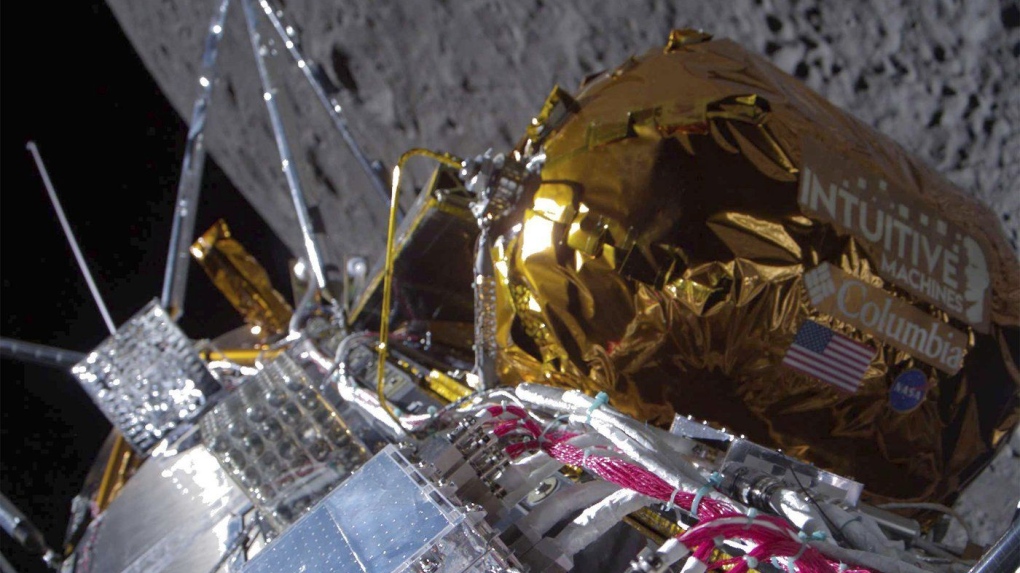In addition to being a rare phenomenon, Monday’s total solar eclipse is different than the last one visible from North America in 2017 for a few reasons.
What is special about the 2024 solar eclipse?
One of the differences was that more than twice as many people were able to see it since the path of totality – where viewers can see the moon fully block the sun – was much wider this year.
About 31.6 million people live in the 2024 path of totality, compared to 12 million in 2017. An additional 150 million people live within 322 kilometres of the path of totality, suggesting many more travelled to see it.
“During the 2017 total solar eclipse, the moon was a little bit farther away from Earth than it will be during the upcoming total solar eclipse, causing the path of that eclipse to be a little skinnier,” NASA wrote on its website.
In 2017, the path ranged from about 100 to 114 kilometres wide. The path of totality during Monday’s eclipse is estimated to be between 174 and 196 kilometres wide.
In addition, the 2024 eclipse path includes more cities and densely populated areas than the 2017 path.
“This will make it easier for more people to see totality,” NASA wrote.
For any total solar eclipse, totality lasts the longest near the centre of the path, widthwise, and decreases toward the edge, according to NASA.
Totality also lasts longer this time. Seven years ago, it lasted the longest near Carbondale, Ill., which was the centre of the path, at two minutes and 42 seconds.
Monday’s eclipse was estimated to last the longest at four minutes and 28 seconds in an area about 25 minutes northwest of Torreón, Mexico.
As the eclipse entered Canada, the duration of totality was expected to reach nearly four minutes in the Ontario town of Fort Erie, which is less than 10 km away from the path’s centre line, according to the Royal Astronomical Society of Canada
Intense solar activity was also expected to happen Monday during the eclipse.
“During the 2024 eclipse, the sun will be in or near solar maximum, when the magnetic field is more like a tangled hairball,” NASA wrote. “Streamers will likely be visible throughout the corona.”
Viewers were expected to have a better chance to see bright, pink curls or loops coming off the sun called prominences, NASA added.
People didn’t see as much solar activity in 2017 when the sun approached solar minimum during the total eclipse.
“Viewers of the total eclipse could see the breathtaking corona – but since the sun was quiet, streamers flowing into the solar atmosphere were restricted to just the equatorial regions of the star,” NASA said.
If viewers were lucky, they may have seen a coronal mass ejection, or a major eruption of plasma and magnetic field from the sun’s corona, which is the outermost part of its atmosphere, during Monday’s eclipse.
Coronal mass ejections can reach the Earth in several days or even as little as 15 to 18 hours. They travel at speeds less than 250 kilometres per second or as fast as nearly 3,000 km/s, according to the U.S. National Oceanic and Atmospheric Administration.
How rare is a total solar eclipse
The last total solar eclipse happened on Dec. 4, 2021, in Antarctica, according to NASA. It lasted just under two minutes.
Most places on Earth typically wait between 400 and 1,000 years to see a total solar eclipse, although they can appear once or twice every year somewhere on the planet, according to NASA.
Nova Scotia was an anomaly with total solar eclipses in 1970 and 1972.
When was the last solar eclipse?
Canadians have witnessed five total solar eclipses since 1963. Canada last experienced a total solar eclipse on Aug. 1, 2008. The moon’s shadow that year moved across northern Greenland, the Arctic, central Russia, Mongolia, and China.
After this year, the next total solar eclipse will happen in North America on March 30, 2033, in Alaska. It will visit northern Greenland, Iceland and Spain in 2026. Meanwhile, the moon’s shadow will sweep across areas further south in Western Canada, Montana and North Dakota in 2044.
With files from The Canadian Press




